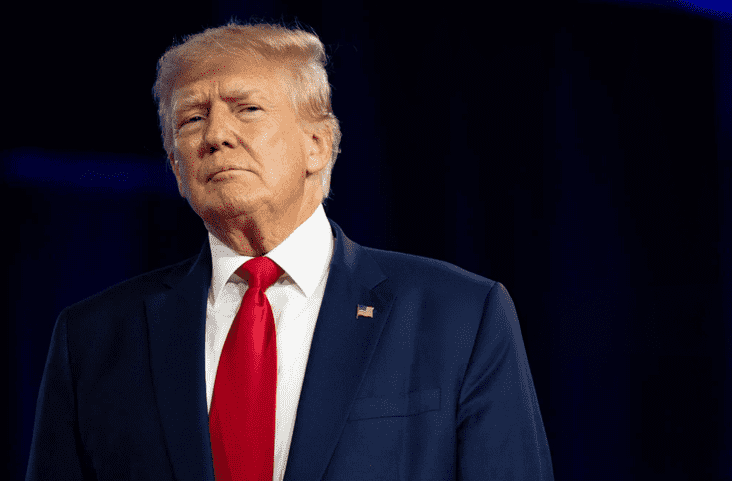Silver Price Forecast: XAG/USD surges toward $39.00 as Fed rate cut bets increase

- Silver price appreciates amid rising odds of Fed interest rate cuts.
- The CME FedWatch tool indicates pricing in more than 88% odds for a 25 basis-point Fed rate cut in September.
- Fed’s John Williams said that rates will likely be lowered at some point, though, assessing upcoming data first.
Silver price (XAG/USD) rises more than 0.5%, trading around $38.80 per troy ounce during the early European hours on Thursday. The price of the non-yielding Silver gains ground amid rising odds of US Federal Reserve (Fed) interest rate cuts. Lower interest rates reduce the opportunity cost of holding precious metals over interest-bearing assets, making Silver more appealing.
Traders are now pricing in 88% odds for a cut of at least a quarter-point at the Fed’s September meeting, up from 82% the previous week, according to the CME FedWatch tool. The shift followed President Donald Trump’s bid to exert greater influence over the central bank after trying to oust Fed Governor Lisa Cook and replace her with a more dovish candidate.
Traders await the Q2 US Gross Domestic Product (GDP) Annualized due later on Thursday. Focus will shift toward July Personal Consumption Expenditures (PCE) Price Index data, the Fed's preferred inflation gauge.
New York Fed President John Williams said on Wednesday that interest rates will likely come down at some point, but policymakers will need to review upcoming economic data before deciding for September.
Silver prices receive support from increased industrial demand. China added over 93 gigawatts of solar capacity in May, a 300% year-on-year surge, ahead of policy changes that will make connecting new panels to the grid more difficult.
Meanwhile, China’s solar cell exports rose more than 70% in the first half of 2025, driven by strong PV demand from India. It is worth noting that Silver is used in the conductive paste of photovoltaic cells.
Silver FAQs
Silver is a precious metal highly traded among investors. It has been historically used as a store of value and a medium of exchange. Although less popular than Gold, traders may turn to Silver to diversify their investment portfolio, for its intrinsic value or as a potential hedge during high-inflation periods. Investors can buy physical Silver, in coins or in bars, or trade it through vehicles such as Exchange Traded Funds, which track its price on international markets.
Silver prices can move due to a wide range of factors. Geopolitical instability or fears of a deep recession can make Silver price escalate due to its safe-haven status, although to a lesser extent than Gold's. As a yieldless asset, Silver tends to rise with lower interest rates. Its moves also depend on how the US Dollar (USD) behaves as the asset is priced in dollars (XAG/USD). A strong Dollar tends to keep the price of Silver at bay, whereas a weaker Dollar is likely to propel prices up. Other factors such as investment demand, mining supply – Silver is much more abundant than Gold – and recycling rates can also affect prices.
Silver is widely used in industry, particularly in sectors such as electronics or solar energy, as it has one of the highest electric conductivity of all metals – more than Copper and Gold. A surge in demand can increase prices, while a decline tends to lower them. Dynamics in the US, Chinese and Indian economies can also contribute to price swings: for the US and particularly China, their big industrial sectors use Silver in various processes; in India, consumers’ demand for the precious metal for jewellery also plays a key role in setting prices.
Silver prices tend to follow Gold's moves. When Gold prices rise, Silver typically follows suit, as their status as safe-haven assets is similar. The Gold/Silver ratio, which shows the number of ounces of Silver needed to equal the value of one ounce of Gold, may help to determine the relative valuation between both metals. Some investors may consider a high ratio as an indicator that Silver is undervalued, or Gold is overvalued. On the contrary, a low ratio might suggest that Gold is undervalued relative to Silver.






